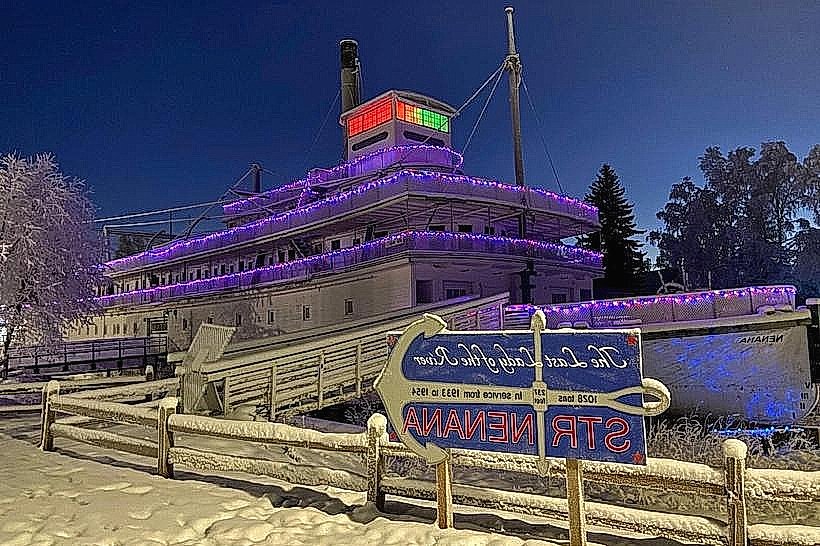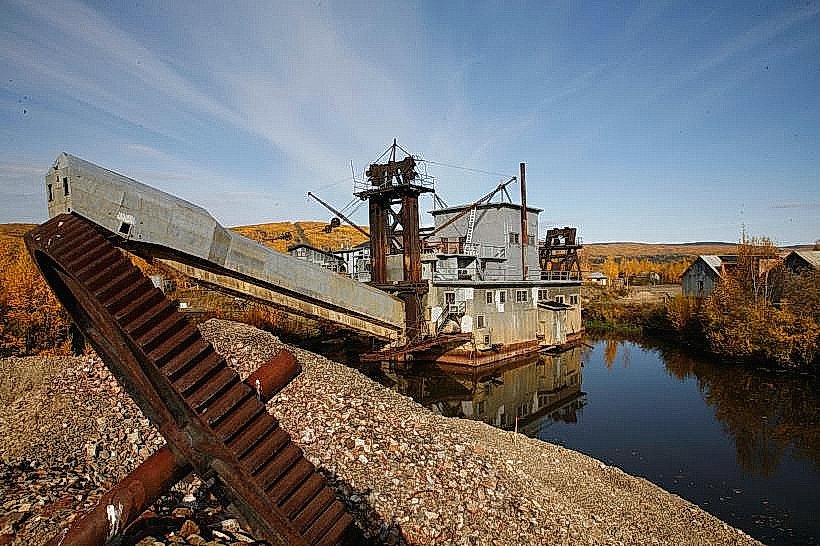Information
Landmark: Arctic National Wildlife RefugeCity: Fairbanks
Country: USA Alaska
Continent: North America
Arctic National Wildlife Refuge, Fairbanks, USA Alaska, North America
Overview
Tucked into Alaska’s far northeast, the Arctic National Wildlife Refuge-ANWR for short-is the country’s largest and most isolated stretch of protected land, where wind sweeps over endless white tundra, in addition spanning about 19.3 million acres, it runs from the rugged Brooks Range all the way to the Arctic Ocean, unfolding into a sweeping patchwork of tundra, mountains, winding rivers, and broad coastal plains dusted with salt and wind.Often called America’s last great wilderness, the refuge remains one of Earth’s most untouched ecosystems, alive with Arctic wildlife and migrations you won’t find anywhere else-caribou threading across glittering tundra beneath a low, pale sun, simultaneously in the southern Brooks Range, jagged peaks rise above glacial valleys and tangled, silvery rivers, creating a striking wall between Alaska’s interior and the Arctic coastal plain.The northern stretch of the Coastal Plain reaches the Beaufort Sea, where permafrost tundra glitters under low light, wildflowers scatter across summer meadows, and caribou gather each season to calve, along with rivers and Wetlands – The Canning, Hulahula, and Kongakut slice deep valleys through the refuge, their clear water threading past willow thickets alive with birds and flashing fish.As you can see, In tundra and alpine terrain, low plants cling to the ground-mosses, lichens, and tiny shrubs tough enough to survive piercing crisp, brief summers, and endless stretches of light or shadow, at the same time wildlife and Ecology The Arctic National Wildlife Refuge shelters a full Arctic ecosystem, from top predators to flocks of migrating birds; each year, the Porcupine Caribou Herd-more than 200,000 strong-treks across its wind-swept tundra.Grizzlies and polar bears roam the region all year, sharing the frozen ground with musk oxen, wolves, and quick-footed Arctic foxes, subsequently each summer, over 200 bird species arrive at the refuge from every continent, filling its wetlands with the chatter and bustle of breeding and nesting.Offshore in the Beaufort Sea, beluga and bowhead whales glide through icy swells while seals and walruses rest on scattered floes, furthermore flora – For a few dazzling weeks, the tundra wakes and glows, its slopes and open plains carpeted with moss and wildflowers that flash pink and gold under the low Arctic sun.Getting to the refuge means flying in, usually on a minute bush plane from Fairbanks, Deadhorse, or Kaktovik, where the wind hums against the metal wings, and once you arrive, you’ll need to rely entirely on your own supplies and skills, then no roads, marked trails, or visitor centers break the silence here, which keeps the area wild and untouched.Backpacking through quiet valleys, rafting down icy, expeditious rivers, snapping photos of elk at dusk, and camping deep in the wild all draw adventurous travelers who crave solitude and untouched nature, likewise summer glows with endless daylight, flocks of birds sweeping overhead, and tundra bursting with color, while winter settles in with long polar nights, green auroras flickering across the sky, and air so icy it bites.Rafting Expeditions – Floating down rivers such as the Hulahula or Canning lets visitors feel the land’s vastness, spot wildlife on quiet banks, and drift in the hush of open water, after that for thousands of years, the Gwich’in and Iñupiat peoples have called the refuge home, living from its clear rivers and the caribou that move across its wide tundra.Oddly enough, To the Gwich’in, the coastal plain-“The Sacred location Where Life Begins”-is the heart of the caribou’s calving grounds and the source of their own cultural survival, where recent life stirs in the soft spring light, on top of that founded in 1960 and expanded under the Alaska National Interest Lands Conservation Act of 1980, ANWR has remained a flashpoint in U. S, in turn environmental and energy debates, its windswept coastal plain often cited in arguments over proposed oil and gas drilling.Visiting the Arctic Refuge feels like stepping into a world of vast silence and endless sky, where even the crunch of snow beneath your boots seems to echo forever, in conjunction with the horizon runs clear and wide, while light slips and shimmers over the tundra’s pale snow.Caribou herds flow across the plains like living rivers, eagles tracing wide loops overhead while the wind sweeps past with only the raw hush of the wild, along with no buildings here-just sky stretching wide, stone rough underfoot, ice glittering pale, and life tough enough to thrive where almost nothing else can.The experience stirs humility and awe, like standing in a quiet valley where the air feels ancient and nothing bears a trace of human change, in conjunction with legacy The Arctic National Wildlife Refuge embodies untouched wilderness-a vast sweep of tundra where caribou move across wind-whipped grass, sheltering biodiversity, Indigenous heritage, and the enduring rhythm of nature, kind of It remains one of the few untouched expanses where nature still moves freely-wind carving ridges, ice shifting on its own-capturing the constant pull between protecting and building in the Arctic’s edge, consequently its legacy rests in quiet endurance-a calm strength that reminds us what untouched earth still feels like underfoot.
Author: Tourist Landmarks
Date: 2025-11-07










